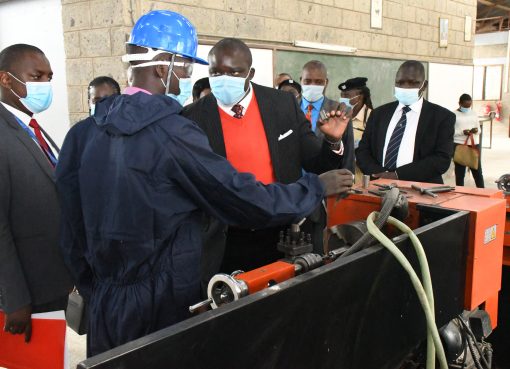A man is nursing injuries at the Narok County referral hospital after he was attacked by a hyena which bit off his two left hand fingers.
Riemet Ole Nchoe, aged 41, who spoke from his hospital bed, said he was tending his tomato farm in Enkutoto village, Narosoora ward in Narok South Sub County at around 7pm on Monday night when he was attacked by a hyena.
“The beast was so daring, I struggled with it but fortunately when I screamed for help, neigbours came out and managed to rescue me. I did not feel any pain at first but later I realized profuse bleeding from my left hand and two fingers missing,” he said.
Two of his neighbours who came to his rescue also sustained minor injuries and were treated at the same facility and discharged.
Ole Nchoe appealed to the Kenya Wildlife Service (KWS) to send a team to secure the area which is now prone to marauding hyenas to prevent similar attacks in future.
Addressing the press, the Nursing officer,Thomas Seiywa,who is attending to the patient, said he was responding well to the medication and would stabilize after five days.
“He was first rushed to Narosoora health centre where he received first aid before he was brought in by an ambulance early in the morning,” he said.
Cases of human-wildlife conflict in Narok, which host the world famous Maasai Mara are not new but rarely do hyenas attack human beings.
Some residents feel that the long dry spell that left many rivers that pass through animal sanctuaries dry, forced
conflicts between wild animals and human beings as the animals venture out in search of food and water.
In January this year, Auditor General, Edward Ouko released a report showing no victim of human-wildlife conflict has been compensated for either loss of life or property damage since 2013.
As a result, the KWS owes victims Sh.2.2 billion in unpaid compensation claims for the year 2014 to 2016 alone.
Out of the Sh.2.2 billion claims, 2,029 cases of human injury accounts for Sh. 990,188,000 while Sh.1, 245,200,000 is required to compensate for the deaths of 274 people.
By Ann Salaton



